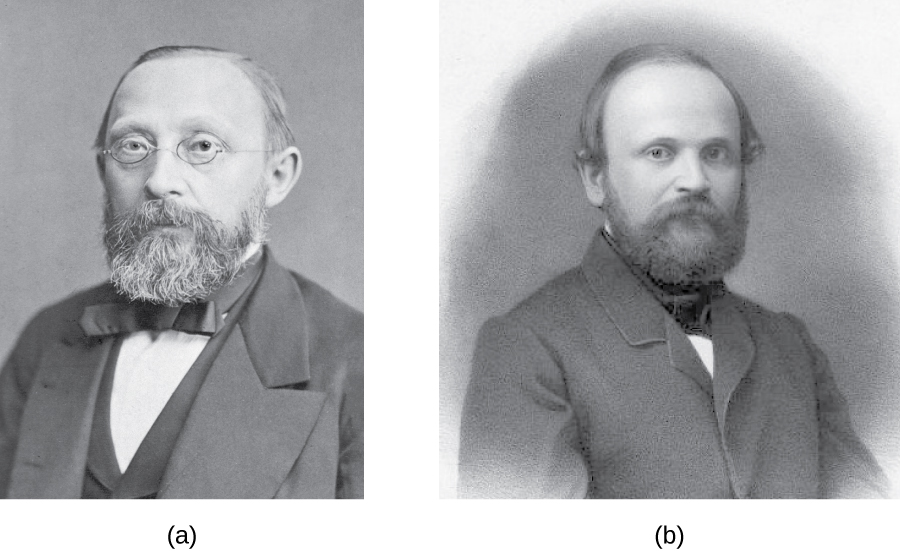| << Chapter < Page | Chapter >> Page > |
Rudolf Virchow, a prominent, Polish-born, German scientist, is often remembered as the “Father of Pathology.” Well known for innovative approaches, he was one of the first to determine the causes of various diseases by examining their effects on tissues and organs. He was also among the first to use animals in his research and, as a result of his work, he was the first to name numerous diseases and created many other medical terms. Over the course of his career, he published more than 2,000 papers and headed various important medical facilities, including the Charité – Universitätsmedizin Berlin, a prominent Berlin hospital and medical school. But he is, perhaps, best remembered for his 1855 editorial essay titled “Cellular Pathology,” published in Archiv für Pathologische Anatomie und Physiologie , a journal that Virchow himself cofounded and still exists today.
Despite his significant scientific legacy, there is some controversy regarding this essay, in which Virchow proposed the central tenet of modern cell theory—that all cells arise from other cells. Robert Remak, a former colleague who worked in the same laboratory as Virchow at the University of Berlin, had published the same idea 3 years before. Though it appears Virchow was familiar with Remak’s work, he neglected to credit Remak’s ideas in his essay. When Remak wrote a letter to Virchow pointing out similarities between Virchow’s ideas and his own, Virchow was dismissive. In 1858, in the preface to one of his books, Virchow wrote that his 1855 publication was just an editorial piece, not a scientific paper, and thus there was no need to cite Remak’s work.
By today’s standards, Virchow’s editorial piece would certainly be considered an act of plagiarism, since he presented Remak’s ideas as his own. However, in the 19th century, standards for academic integrity were much less clear. Virchow’s strong reputation, coupled with the fact that Remak was a Jew in a somewhat anti-Semitic political climate, shielded him from any significant repercussions. Today, the process of peer review and the ease of access to the scientific literature help discourage plagiarism. Although scientists are still motivated to publish original ideas that advance scientific knowledge, those who would consider plagiarizing are well aware of the serious consequences.
In academia, plagiarism represents the theft of both individual thought and research—an offense that can destroy reputations and end careers. B. Kisch. “Forgotten Leaders in Modern Medicine, Valentin, Gouby, Remak, Auerbach.” Transactions of the American Philosophical Society 44 (1954):139–317. H. Harris. The Birth of the Cell . New Haven, CT: Yale University Press, 2000:133. C. Webster (ed.). Biology, Medicine and Society 1840-1940 . Cambridge, UK; Cambridge University Press, 1981:118–119. C. Zuchora-Walske. Key Discoveries in Life Science . Minneapolis, MN: Lerner Publishing, 2015:12–13.


Notification Switch
Would you like to follow the 'Microbiology' conversation and receive update notifications?